
A new vehicle that goes beyond bicycles, motorcycles and automobiles has appeared. You are invited to come along with us to see the world of new vehicles that are becoming more eco-friendly, smarter and smaller.
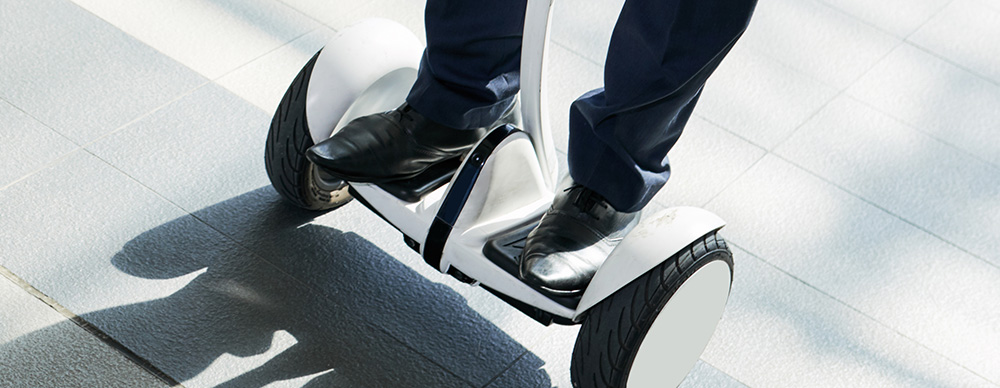
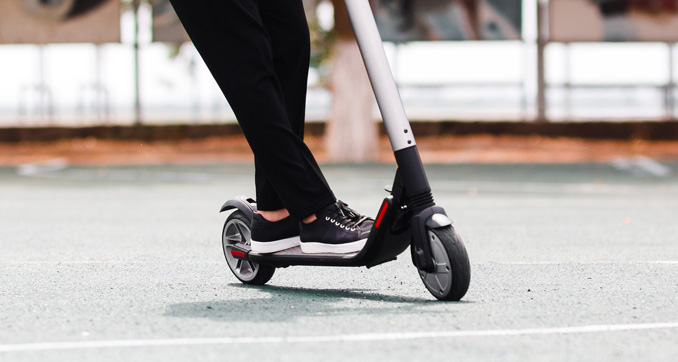
Personal Mobility refers to the means of transportation for one person powered by electricity. Even if you are unfamiliar with smart mobility, you will surely find something familiar to you.
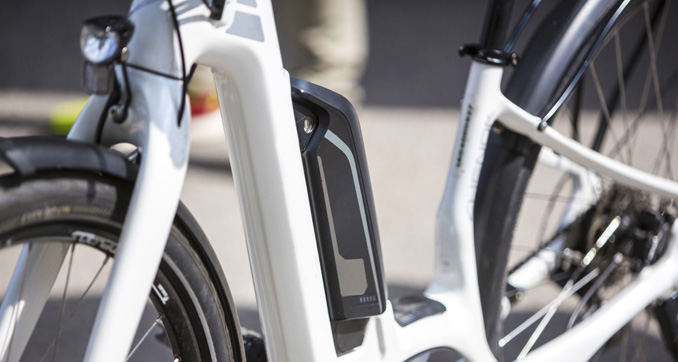
Electric bicycles and mini electric vehicles, similar to existing means of transportation, which are more environment-friendly as they are powered by electricity. It’s pretty sure that you’ve seen them on the road or in the media. As they can reduce various social costs, such as air pollution due to exhaust gas and lack of parking space, they are attracting public attention as a next-generation means of transportation.
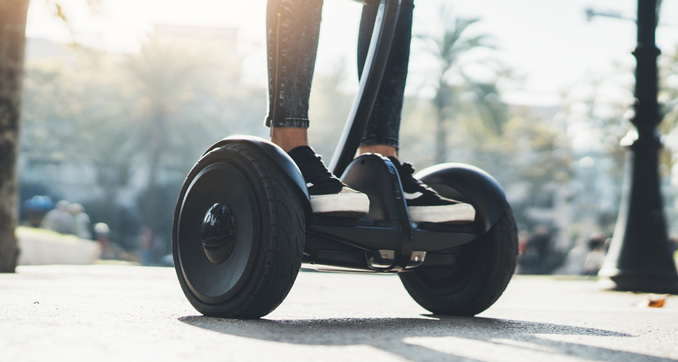
The most familiar type of smaller personal mobility is ‘Segway.’ It was first made in 2001. You simply step on the horizontal board, hold the handle and move by shifting the center of gravity forward, backward and to the side. In the early days of Segway, it was so big and costly that it was not able to be commercialized right away, but these shortcomings were addressed, and it is now becoming smaller and less expensive. Now it is proliferated so widely that there are tourism products allowing people to hop on a Segway and look around the famous tourist attractions of the world.
Aside from this, there are various kinds of personal mobility suited for the convenience of users. Notably, if the early models were so big and heavy that they could hardly be used in places other than residential areas, now they have become so light that you can carry them around or put them in the car and use them wherever you want to. Let’s have a look at what’s out there.
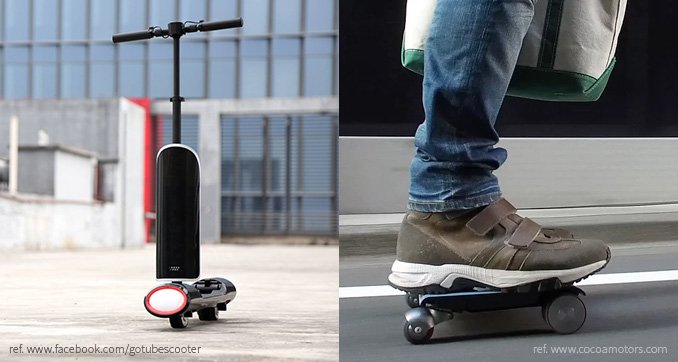
The ‘GoTube’ looks like a kickboard when it’s in use, but if you fold it, it neatly turns into a cylinder. It was made in Hong Kong. It also comes with a simple case so pretty easy to store it indoors.
Would you believe that there is personal mobility that’s as small as a laptop? The name of this Japanese-made product is ‘WalkCar.’ It weighs only 2.8kg. When you need it, you simply take it out of the bag and ride it. Isn’t that awesome?
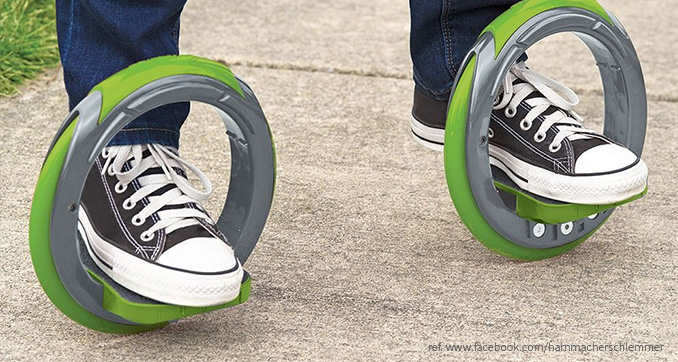
If the older generations had roller skates and inline skates, the new generations have this. It is personal mobility that looks like skates that you can wear on each foot. Beyond being a simple means of transportation, it is expected to be used as a new leisure sport.
Non-material culture, for example, laws and institutions, changes relatively more slowly than material culture, like technology. This gap is called
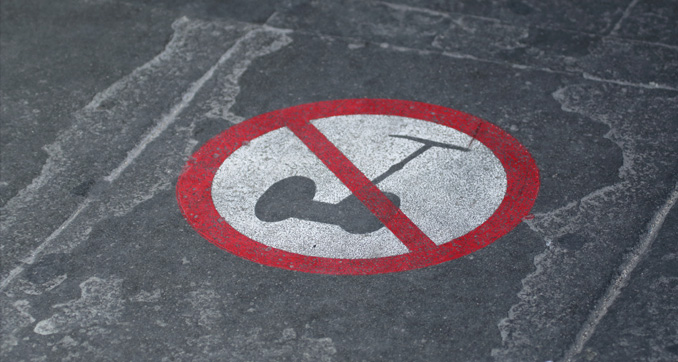
Looking at the related institutions of different countries, they are divided into countries allowing their use on the road (the US, Queensland in Australia, etc.) and countries restricting their use on the road (Korea, China, Japan, UK, etc.).
Germany allows personal mobility only on bicycle roads. Even countries restricting their use on the road are trying to prepare for the new means of transportation, such as by making parks or special zones where personal mobility is allowed. The reality is that there are still not many places where personal mobility can be used freely. Accordingly, until institutions related to personal mobility are firmly established, you should pay close attention to the relevant regulations of the places where you want to ride them lest you should violate them.
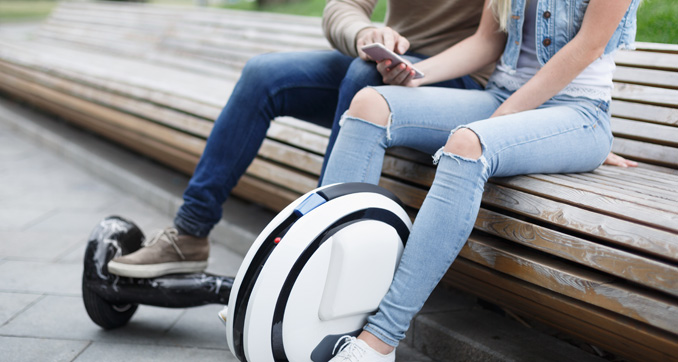
Currently, personal mobility is also called smart mobility, and various attempts are being made to utilize Internet of Things (IoT). IoT is used to call a machine from afar or enable users to ride personal mobility vehicles faster than a certain speed only if they receive proper training.
Personal mobility will be combined with various technologies and become even more amazing and convenient. If every household has vehicles and bicycles now, in the near future, we can also expect that we will have a personal mobility vehicle fit for our own lifestyles!